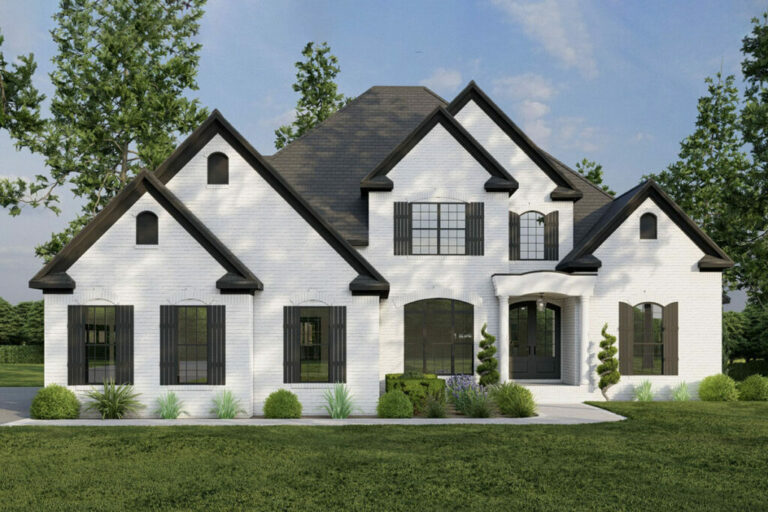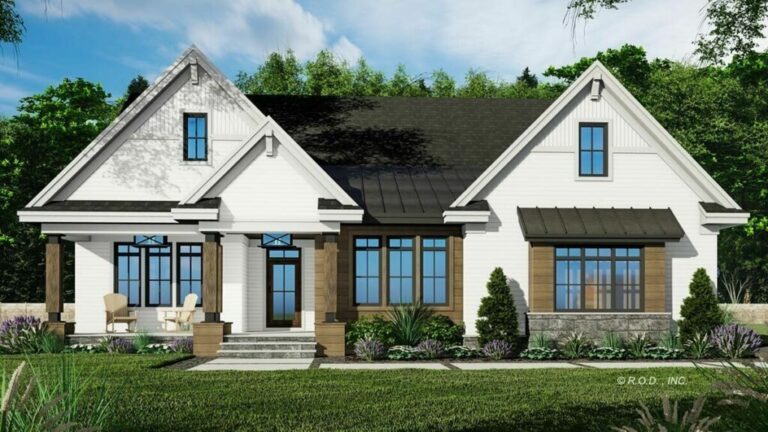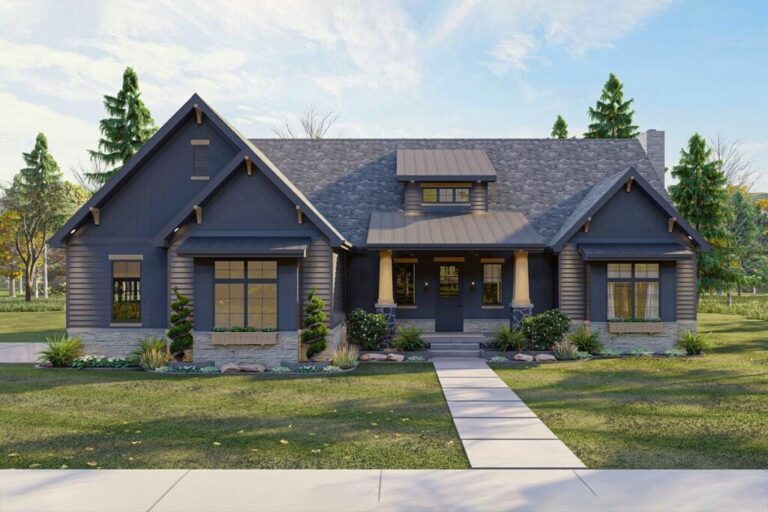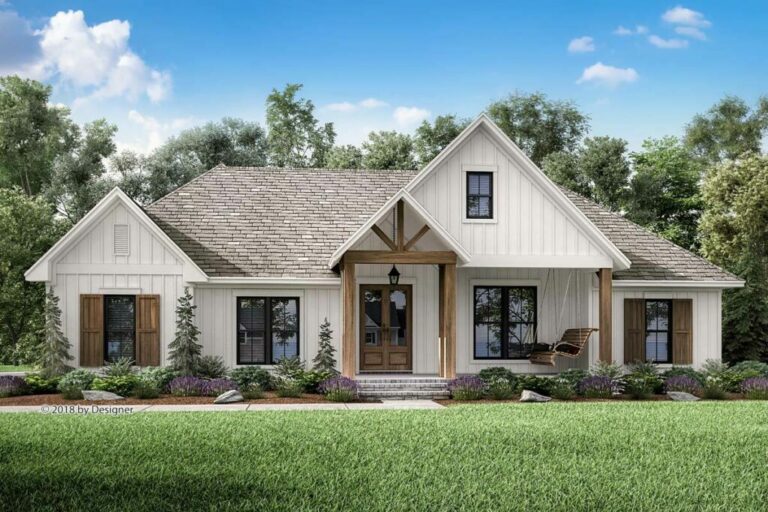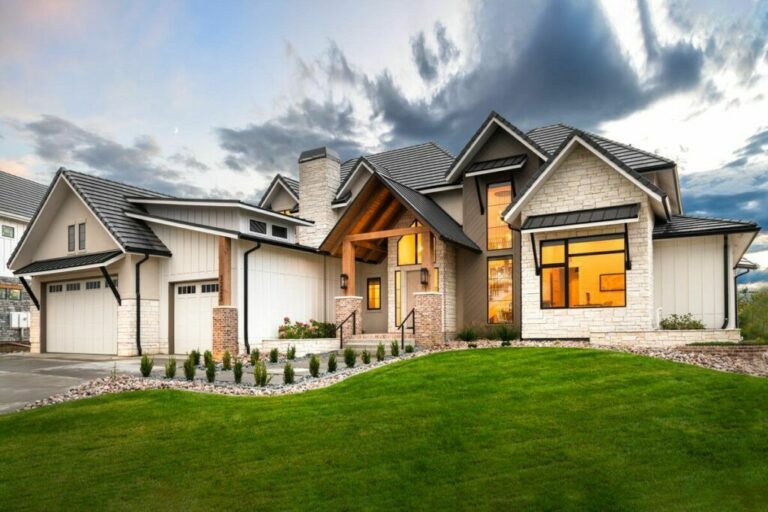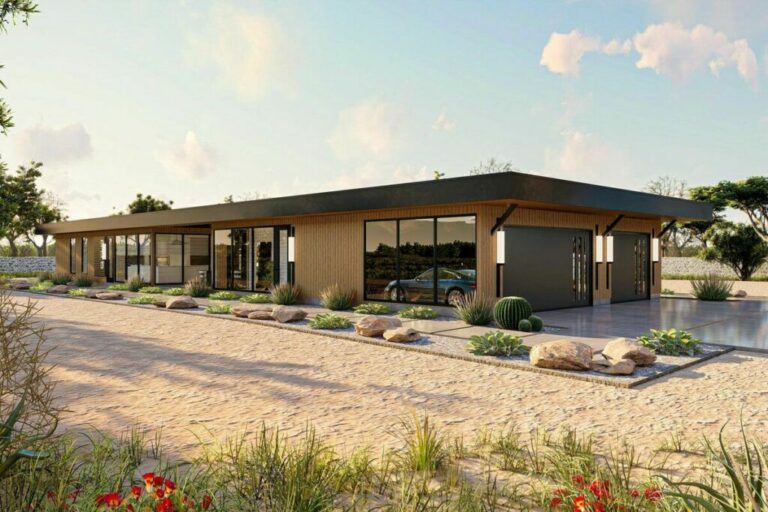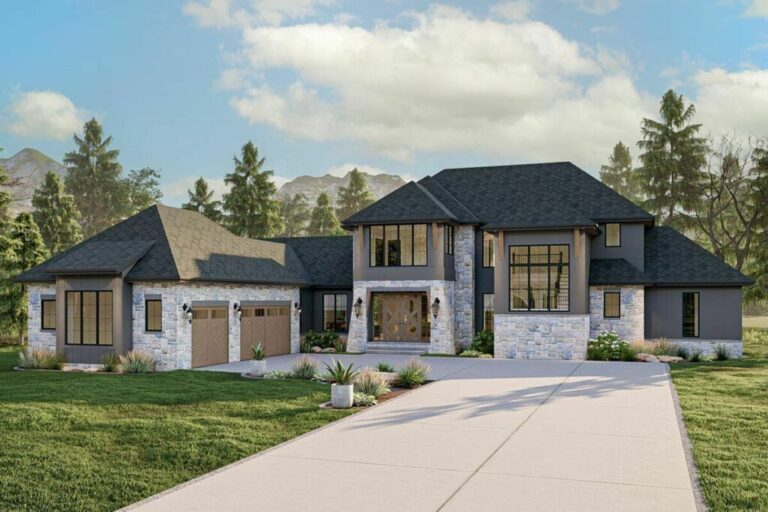How to Choose the Perfect Kitchen Backsplash for Your Style?
The kitchen is often referred to as the heart of the home, a place where both meals and memories are made.
Among the many elements that contribute to its functionality and aesthetic, the kitchen backsplash is not merely a practical addition but a canvas for personal style.
A well-chosen backsplash can transform the ambiance of the kitchen, creating an inviting and inspiring space.
This article guides you through the steps to select the perfect kitchen backsplash that aligns with your style and enhances the overall feel of your kitchen.
Assess Your Kitchen’s Current Style and Palette
Before diving into the vast sea of backsplash options, take a step back and assess the existing style of your kitchen.
Is it leaning towards a modern, minimalist look with sleek lines and a monochromatic color palette?
Or does it exude a rustic charm with warm tones and natural textures?
Understanding the current theme of your kitchen is crucial. This doesn’t mean you cannot introduce a contrasting style, but the backsplash should complement the existing elements such as cabinetry, countertops, and appliances.
The goal is to create a harmonious balance that resonates with the overall design of your kitchen.
Define Your Personal Aesthetic
Your personal aesthetic plays a significant role in choosing the right backsplash.
Are you drawn to bold, statement-making designs, or do you prefer understated elegance?
Your personal style can be a guiding beacon in this decision-making process.
However, it’s also essential to consider the practical aspects. A kitchen is a functional space, and your backsplash choice should not only reflect your style but also cater to durability and ease of cleaning.
Striking a balance between aesthetic appeal and practical functionality is key.
Explore Backsplash Materials
The material of the backsplash is as important as its design. Different materials not only offer varied looks but also come with their own set of advantages and maintenance requirements. Popular choices include:
Ceramic Tiles
Versatile and cost-effective, ceramic tiles are available in a myriad of colors, patterns, and sizes.
They are easy to clean and maintain, making them a practical choice for busy kitchens.
Glass Tiles
Offering a sleek and modern look, glass tiles reflect light, brightening up the space.
They are stain-resistant and easy to wipe down but can be on the pricier side.
Stone Slabs or Tiles
Natural stone like marble, granite, or slate adds a luxurious and unique element to your kitchen. However, they require more maintenance and can be expensive.
Metal Tiles
For those seeking an industrial or ultra-modern look, metal backsplashes, such as stainless steel or copper, can be a striking choice.
They are durable but can show fingerprints and water spots.
When selecting the material, consider factors like heat resistance, ease of cleaning, and longevity.
Color and Pattern Selection
The color and pattern of your backsplash can drastically alter the look and feel of your kitchen.
If your kitchen palette is neutral, a backsplash in a bold color can add a pop of personality.
Conversely, if your kitchen already has a lot of colors, a neutral or monochrome backsplash can provide a calming balance.
Patterns play a crucial role too. Classic subway tiles laid in a traditional brick pattern offer a timeless look, while more intricate patterns like herringbone or Moroccan-inspired designs can create a focal point.
Remember, the pattern should complement the size and scale of your kitchen.
Larger patterns can overwhelm a small space, whereas smaller, more detailed patterns might get lost in a larger area.
Decide on the Finish and Budgeting
When it comes to finishes, the choice between glossy and matte can have a significant impact on the kitchen’s ambiance.
A glossy finish reflects light, making the space feel brighter and more open – a great option for smaller or darker kitchens.
However, it can also show smudges and water marks more readily. Matte finishes, on the other hand, offer a subtler, more contemporary look and are better at concealing smudges, but they may not provide the same vibrancy as their glossy counterparts.
Budgeting is another critical aspect of your backsplash project. Costs can vary widely based on the material and complexity of the design.
Ceramic tiles are generally more budget-friendly, whereas materials like natural stone or custom-designed tiles can be more costly.
Remember to account for not only the cost of the materials but also installation, which can vary depending on whether you choose to DIY or hire a professional.
Measure and Plan
Accurate measurement of your backsplash area is crucial for both budgeting and aesthetics.
Measure the length and height of the space to calculate the square footage, which will help in purchasing the right amount of material.
Consider the layout and any unique features of your kitchen, such as windows or electrical outlets, which might require custom cutting of the tiles.
Installation Options
Deciding between DIY and professional installation depends on your skill level, the complexity of the project, and your budget.
DIY installation can be a cost-effective option, especially for simpler tile designs and materials. It allows for a more personal touch but requires time and patience.
On the other hand, professional installation ensures a seamless finish, particularly for more intricate designs or delicate materials.
It may increase the project cost but can save you time and potential mishaps.
Maintenance Tips
The longevity of your backsplash largely depends on how well you maintain it. For most tile materials, regular wiping with a damp cloth and mild detergent is sufficient.
Natural stone may require special cleaners and periodic sealing to prevent stains.
Metal backsplashes might need specific cleaning agents to avoid scratches and maintain their sheen.
Always refer to the manufacturer’s instructions for the best care practices.
Trendy vs. Timeless
While it’s tempting to opt for the latest design trends, it’s important to consider the longevity of your selection.
Trends come and go, but your backsplash is something you’ll live with for years.
If you love a trendy look, think about incorporating it in small, easily changeable elements rather than the backsplash.
Alternatively, choose a design that blends both current trends and classic elements to create a balance.
Final Review and Decision
Before making the final decision, review all the elements: style, material, color, pattern, finish, budget, and maintenance.
It’s a good idea to get samples of your top choices and observe them in your kitchen’s lighting.
This step can help you visualize how the backsplash will look with your cabinets, countertops, and appliances.
Choosing the perfect kitchen backsplash is a blend of art and practicality. It requires considering various factors, from personal style to material functionality.
A well-selected backsplash not only protects your walls but also serves as a focal point of your kitchen, reflecting your personality and complementing your home’s overall design.
Take your time, do your research, and choose a backsplash that you will love for years to come.


